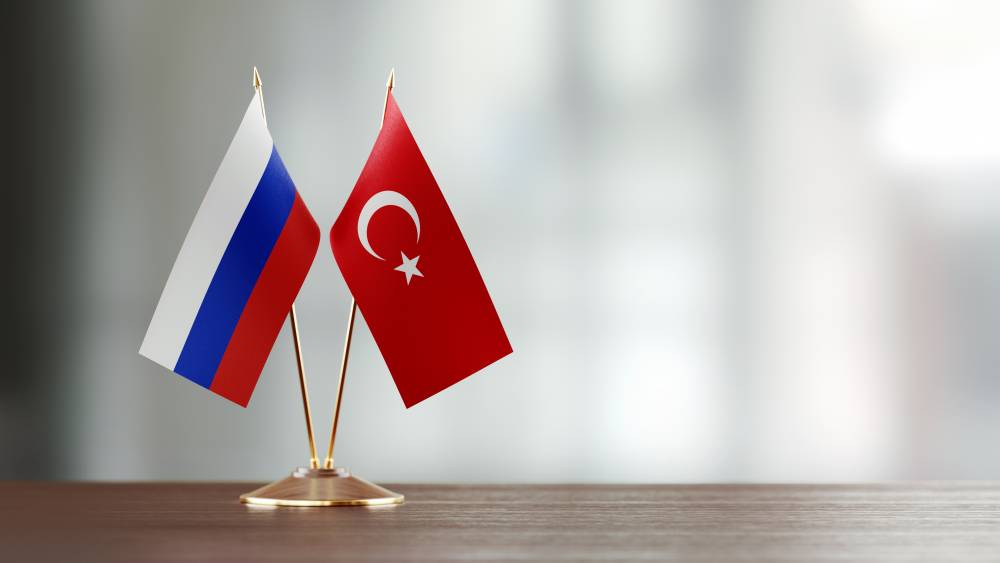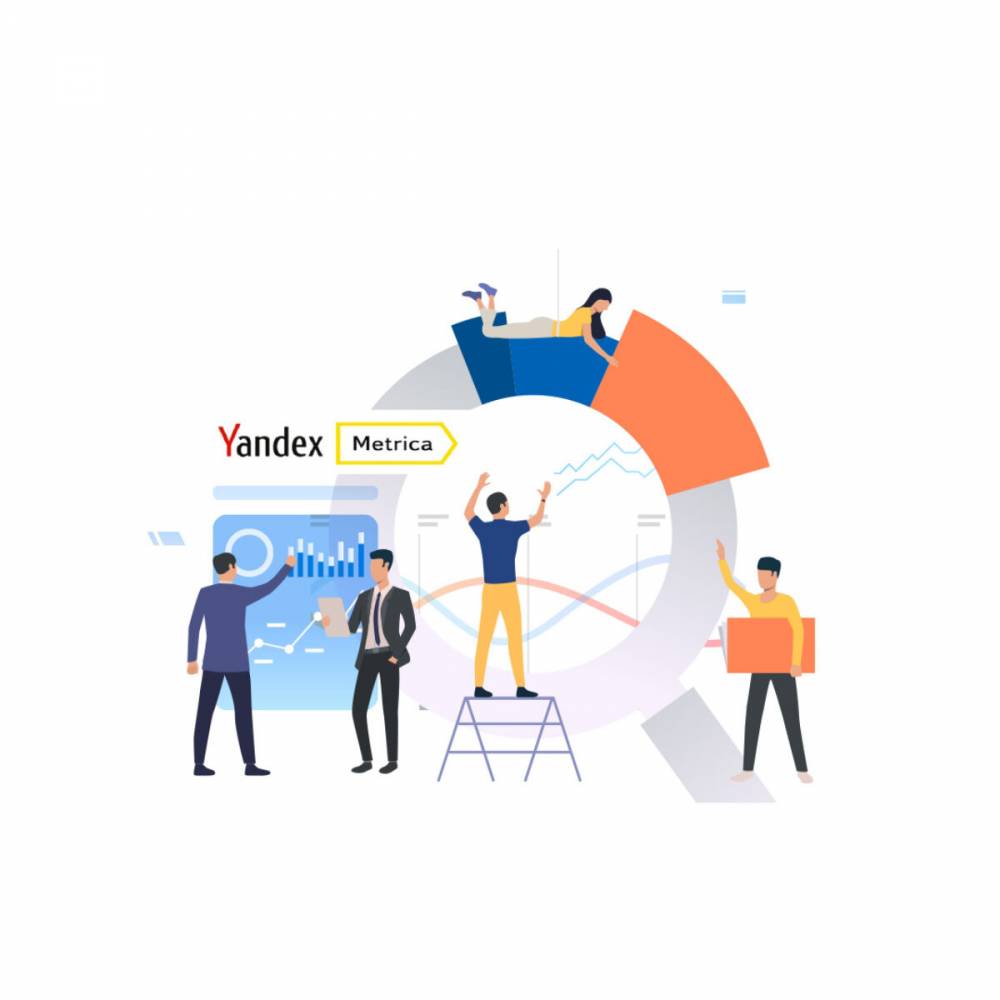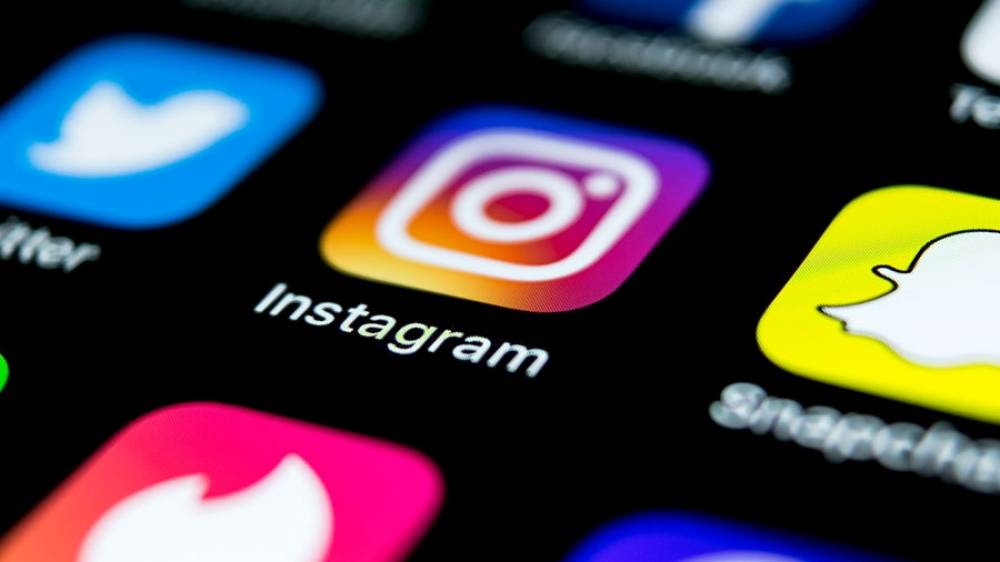Digital Exchange shared effective digital marketing tips in tourism for hotels, travel agencies and other stakeholders of the industry for and after the coronavirus period.
With the coronavirus pandemic, people staying in their homes and working from home negatively affected many sectors. The necessity of social isolation to prevent the transmission of the disease caused tourism to come to a halt. However, preventive quarantines and curfews influence controlling the spread of the disease, while the normalization process begins slowly. The announcement that holiday regions and facilities have reservations for late summer shows that there are important opportunities in tourism, especially in digital marketing.
Social media usage increased by 43% in February and March
Speaking about the issue, Emrah Pamuk, CEO of Digital Exchange, said, “The use of internet and social media has been booming with COVID-19. Social media use grew by 43% between February 1 and March 21. The most important medium here attracts attention as Instagram with 38%. The mobilization of social media has also increased interactions by 22% compared to the same period last year. The tourism sector has seized various opportunities with this increase. The players, who use the chance to strengthen brand communication and perception, to grow the target audience, and to turn customer feedback into benefit, will gain significant gains during and after the COVID-19 normalization process. ”
In addition to overcoming the challenges in the COVID-19 process, digital marketing can be used to provide a long-term return with integrated communication. Digital Exchange experts made the following recommendations on the subject.
Time to be active on social media more than before
In tourism, as in all sectors, there was a short period in which advertisements stopped and what to do about social media communication is unknown. However, brands that already have a follower and audience, turned back to social media, especially when they saw an increase in the interactions of Facebook and Instagram and work in other sectors.
The increase in the number of users and interaction on social media shows that the communication on these channels should not stop but continue fluently. In this way, while the brand maintains its brand perception in the eyes of existing customers, which it does not need to persuade about its sense of trust, hygiene and other service standards it offers, it can win new customers.
"Human factor" in online reputation management
With COVID-19, people who stay with more of them have increased their time to evaluate brands. Stating that he has the opportunity to strengthen the communication of the tourism sector, one of the areas where feedback is most important, Pamuk said, “It is very important to be able to respond quickly to the questions and feedbacks of potential customers, especially in this period. It is necessary to be clear and clear, not to use copy-paste messages. If consumers see that they are a warm person instead of a cold brand, they will change the look of your brand. The most successful ones in these studies that we evaluate within the scope of online reputation management are those who can touch the emotions of the consumers and make them feel that they are a person. As such, when people read a comment about a bad experience and they respond, when they see that they are interested, they feel they can get support if they stay in such a situation. Because a bad experience can happen anywhere, but it is most important to know that there is someone who will listen to you and find a solution. ”
Diversify your messages
In these studies, the content does not only have to remain in the focus of tourism and facility. Especially in live broadcasts, the content offered by experts from different fields adds value to the brand. The different abilities of the influencers also attract attention as an important option to enrich the work. Stating that the target audience in tourism is not only travelers, Pamuk said, “Many people expect more from a holiday than what the tourism facility has to offer. He wants to evaluate this by seeing it, gaining a cultural and artistic achievement, tasting new dishes, and doing activities. It is also necessary to show the experience you offer on holiday in social media, on your own website, in your SEO studies, advertisements, and influencer studies. However, while doing this, the brand should not be disconnected from its general context, and should remain loyal to integrated communication. ”
360 degree communication with live broadcasts and influencer studies
Stating that the best social media Covidien-19 exam Cotton, remain in contact with the live broadcast of the agenda and influence brands in Turkey and added that they managed to maintain communication effectively. Pamuk, who said that only Facebook, Instagram and SEO works and advertisements will not be enough for 360 degree communication, stated that especially international brands should use different social media channels according to the regions. The usage intensity of each social network varies by country and region. For example, vKontakte is used as widely as Facebook in Russia and surrounding countries. Dubai uses Snapchat more.
Follower analysis with “Rate card” for Influencer success
In Influencer studies, content, breakdowns and the use of the right media are important. A YouTube vlogger with a high number of followers will not be effective on TikTok. Also common in the world and most recently in Turkey as well as put into practice, "Rate card" influencer with s before getting involved in projects, geographic location of followers, age range, in areas such as interests they share presentations providing information. Especially internationally operating tourism companies and brands can plan their works more accurately and reach higher interaction by looking at this information.
Pamuk said, “The fixed content packages that have been applied so far and the influencer studies that return to aggressive sales are losing their influence. Experience-oriented studies in Northern Europe show how effective the content is. It is also important to plan influencer studies not for one shot but for long term. Thus, the work of influencer also transforms from the word of mouth to the digital counterpart of marketing. ".
Opportunity to grow target audience and establish organic bond
An opportunity in the field of tourism with COVID-19 also appears for small businesses such as boutique hotels. The reduction of online advertising by major brands and online tourism agencies makes it possible to make purchases at more affordable prices. Pamuk said, “Today, organic and paid investments on social media, SEO and search engine will provide a significant return to brands tomorrow. The reduction of communication by adults creates an opportunity for the little ones to stand out. It is a good time for businesses to grow their target audiences, establish an organic bond and presently face the place ministers for reservation. ” Digital ads result in a three-step process. First, it creates brand awareness, then it attracts the attention of the consumer and is finally concluded with sales. Digital Exchange experts underline that focusing on brand awareness and attention, the first two processes, will be a long-term investment rather than direct sales in the COVID-19 process.
The most important KPI in the COVID-19 era is interaction, not sales
Indicating that the stages of social media studies of brands also changed during the coronavirus period, Pamuk underlined that long and short term KPIs should be re-evaluated: “The most important key performance indicator (KPI) to date has been replaced, but it has been replaced by interaction. We think that the priority of brands should be the brand image while making advertisement work, and it is also important that the texts or images change according to local decisions, regional expectations and health needs during the period we live. After that, new ads are tried with A / B tests and if they are successful, they can switch to large budgets. ”
Voice calls new emerging multi-channel structure in tourism
In digital studies, content dissemination, data collection, analysis and evaluation software are also important for establishing a multi-channel structure as well as customer databases and their management tools. Underlining that nothing that cannot be measured gives no idea, Pamuk states that the success of multi-channel (omni-channel) structures is the ability to detect all the contact points of a customer and create and interpret data from it.
Data-based digital marketing and measurement tools also enable the determination of industry variables. While each brand differs with the services and facilities it offers, it may not be valid for one brand and another. Digital tools reveal the difference, namely the "brand variable" by enabling the data to be transformed into information. This makes it easier to shape marketing strategy, calculate advertising investments.
Pamuk points out that the new trend in this field is “Call tracking”, which also allows to track calls. International brands can assign different numbers for each country and collect data from there. Then, from these data, insights can be obtained whether each call is the right channel for return to sales and which channel will be successful. Just like web analytics, call analytics gives hints to brands that will drive sales transformation.
07 May 2020 Thursday tarihinde yayınlandı.
Sosyal Medyada Paylaş





